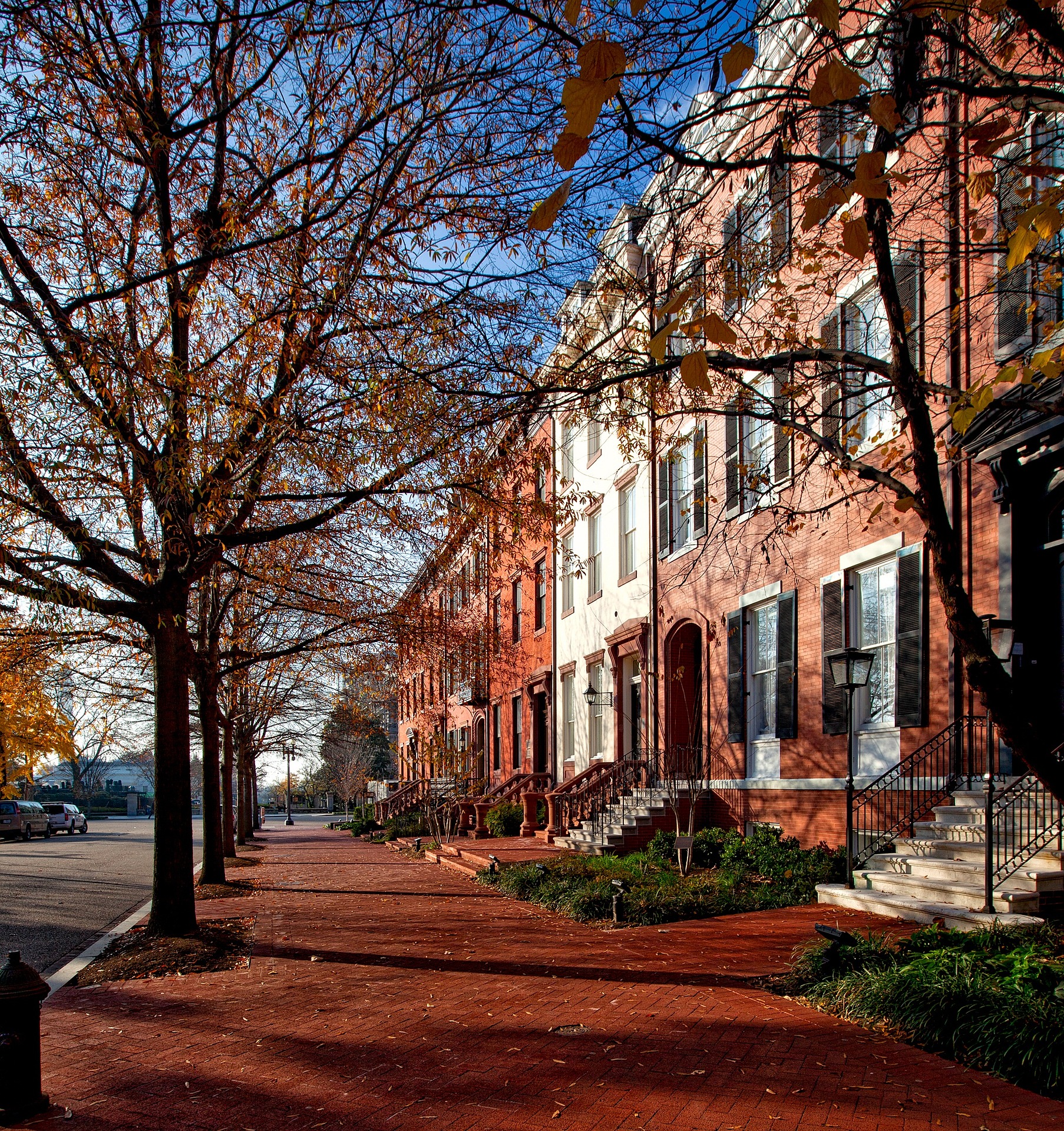Small multifamily homes have historically provided inexpensive housing for renters and buyers, but developers have converted many of them in recent decades into larger, single-family units. This has worsened the affordable housing crisis, say researchers.
These buildings, commonly called “triple-deckers, two-flats, or brownstones,” provide historical context and add character to urban neighborhoods along with affordability. Nationwide, low-cost rentals have vanished by more than half a million units per year between 2014 and 2018, according to a report from the Harvard Joint Center for Housing Studies (JCHS). New York City alone, lost more than 100,000 homes since 1950 due to conversions of multifamily buildings into single-family “mansions,” according to a report by Dwell.
Many of these buildings supply what is termed “naturally occurring affordable housing (NOAH)”—unsubsidized units rented at relatively low rates. A 2021 McKinsey report found that NOAHs constitute the nation’s largest category of affordable housing units, and that has prompted legislative action to preserve them in some cities.
For instance, in 2021 Chicago’s city council passed two ordinances to discourage developers from eliminating NOAH in two neighborhoods. Developers face up to $15,000 (or $5,000 for each lost unit) for tearing down or converting multifamily buildings.
Preserving older NOAHs takes more than laws, though, it requires someone to spend money to keep them in working order. According to a recent JCHS report, the median unit in small multifamily structures was built 54 years ago. That’s nine years older than the typical single-family home. NOAHs also “face significantly higher quality and structural issues” than your average single-family house, the JCHS report says.
Related Stories
Multifamily Housing | Aug 23, 2023
Constructing multifamily housing buildings to Passive House standards can be done at cost parity
All-electric multi-family Passive House projects can be built at the same cost or close to the same cost as conventionally designed buildings, according to a report by the Passive House Network. The report included a survey of 45 multi-family Passive House buildings in New York and Massachusetts in recent years.
Apartments | Aug 22, 2023
Key takeaways from RCLCO's 2023 apartment renter preferences study
Gregg Logan, Managing Director of real estate consulting firm RCLCO, reveals the highlights of RCLCO's new research study, “2023 Rental Consumer Preferences Report.” Logan speaks with BD+C's Robert Cassidy.
Adaptive Reuse | Jul 27, 2023
Number of U.S. adaptive reuse projects jumps to 122,000 from 77,000
The number of adaptive reuse projects in the pipeline grew to a record 122,000 in 2023 from 77,000 registered last year, according to RentCafe’s annual Adaptive Reuse Report. Of the 122,000 apartments currently undergoing conversion, 45,000 are the result of office repurposing, representing 37% of the total, followed by hotels (23% of future projects).
Multifamily Housing | Jul 13, 2023
Walkable neighborhoods encourage stronger sense of community
Adults who live in walkable neighborhoods are more likely to interact with their neighbors and have a stronger sense of community than people who live in car-dependent communities, according to a report by the Herbert Wertheim School of Public Health and Human Longevity Science at University of California San Diego.
Multifamily Housing | Jun 29, 2023
5 ways to rethink the future of multifamily development and design
The Gensler Research Institute’s investigation into the residential experience indicates a need for fresh perspectives on residential design and development, challenging norms, and raising the bar.
Multifamily Housing | May 23, 2023
One out of three office buildings in largest U.S. cities are suitable for residential conversion
Roughly one in three office buildings in the largest U.S. cities are well suited to be converted to multifamily residential properties, according to a study by global real estate firm Avison Young. Some 6,206 buildings across 10 U.S. cities present viable opportunities for conversion to residential use.
Multifamily Housing | May 8, 2023
The average multifamily rent was $1,709 in April 2023, up for the second straight month
Despite economic headwinds, the multifamily housing market continues to demonstrate resilience, according to a new Yardi Matrix report.
Self-Storage Facilities | Dec 16, 2022
Self-storage development booms in high multifamily construction areas
A 2022 RentCafe analysis finds that self-storage units swelled in conjunction with metros’ growth in apartment complexes.
















